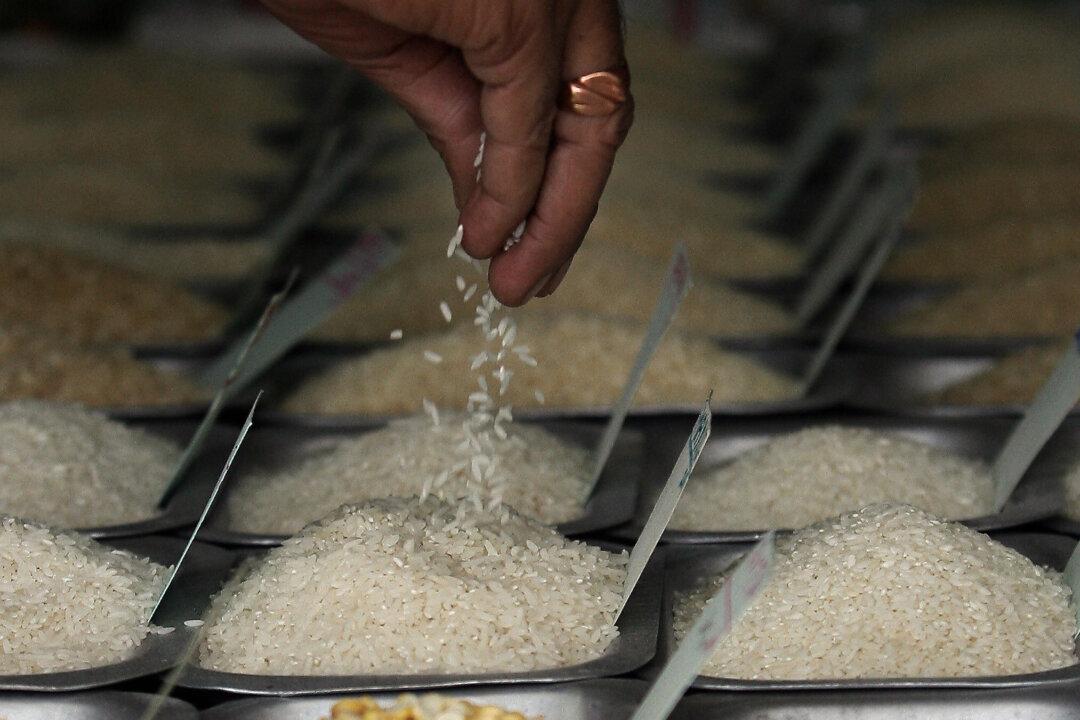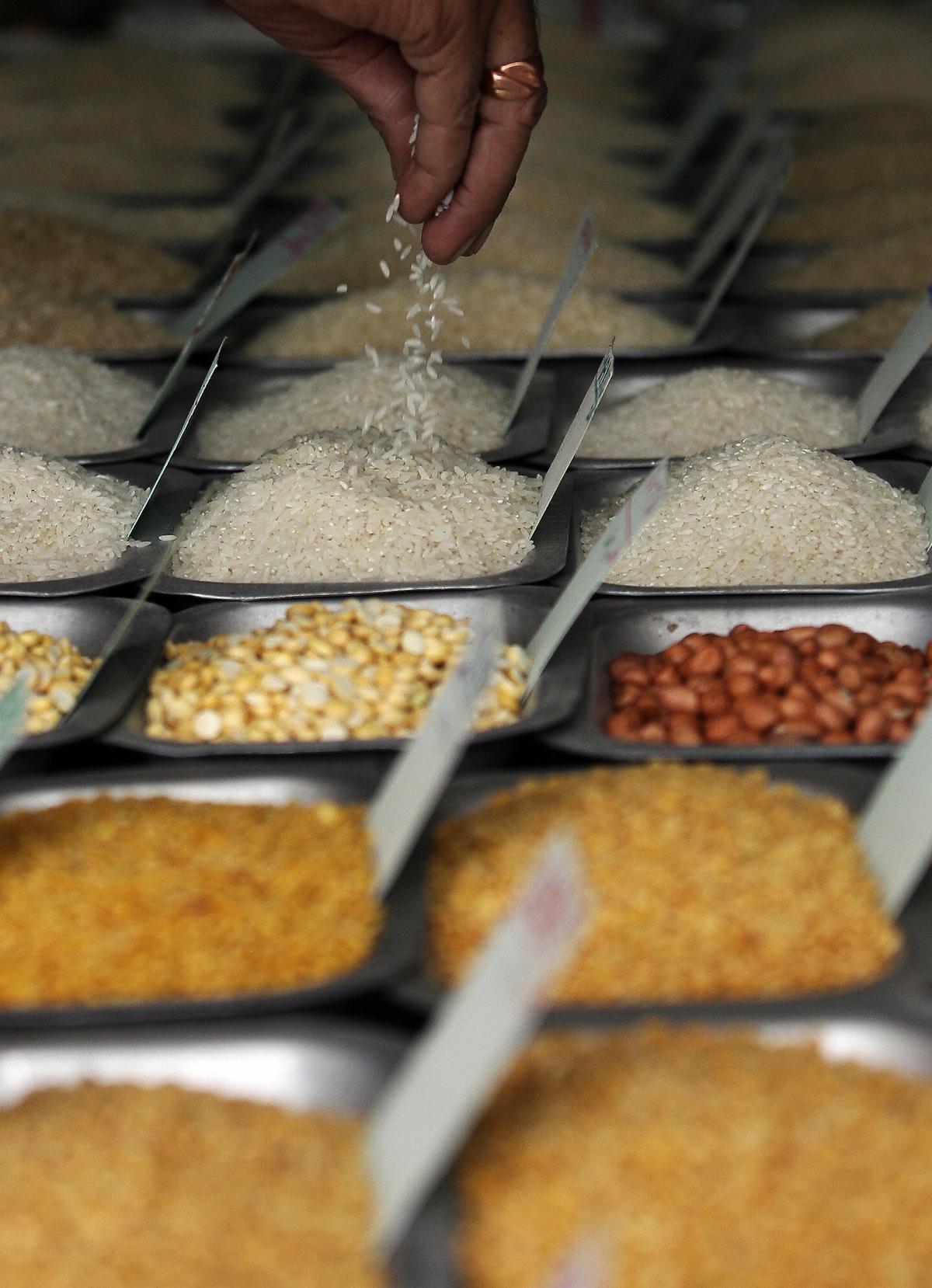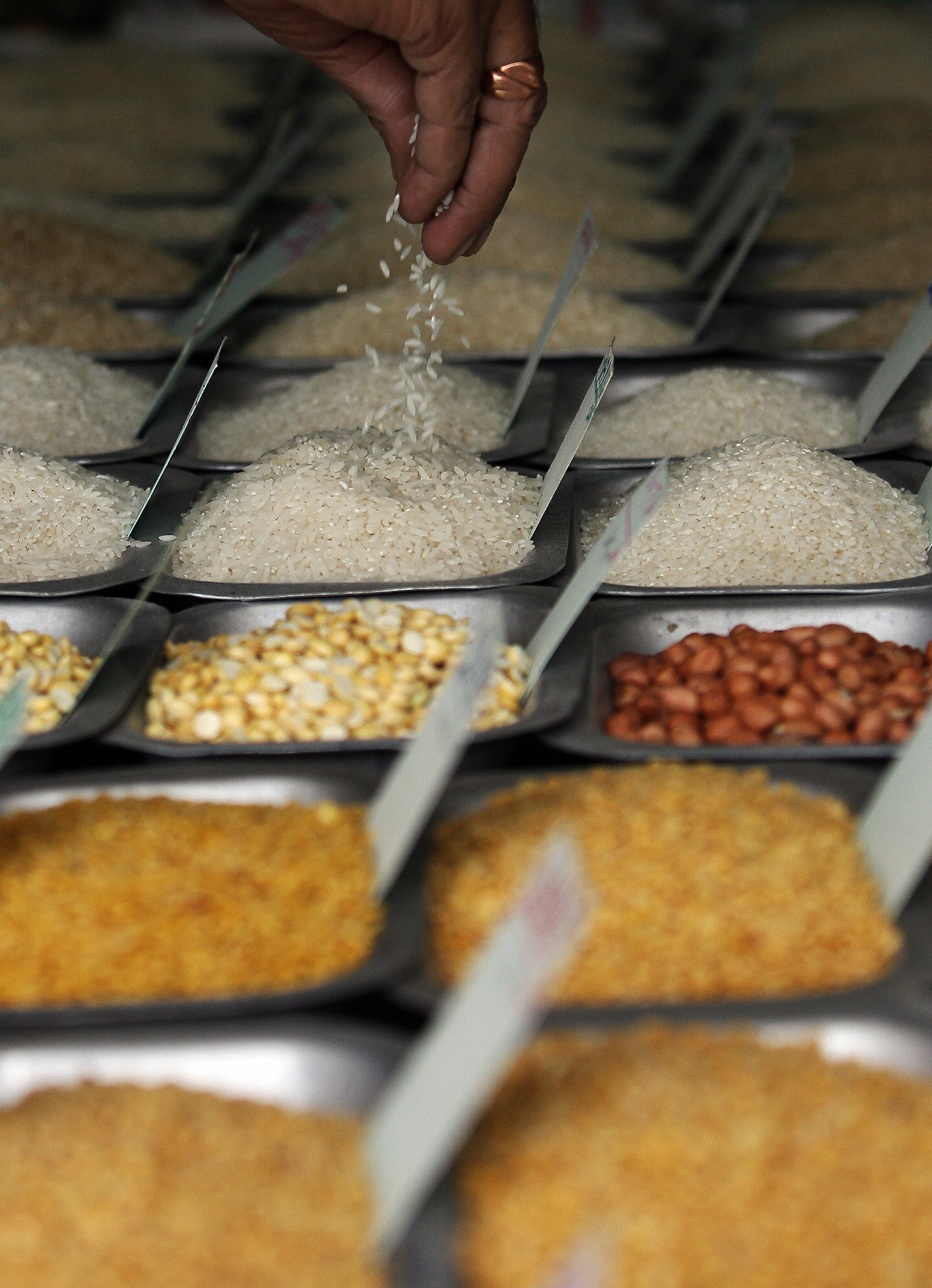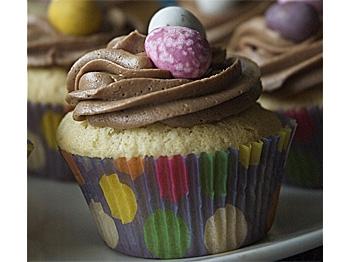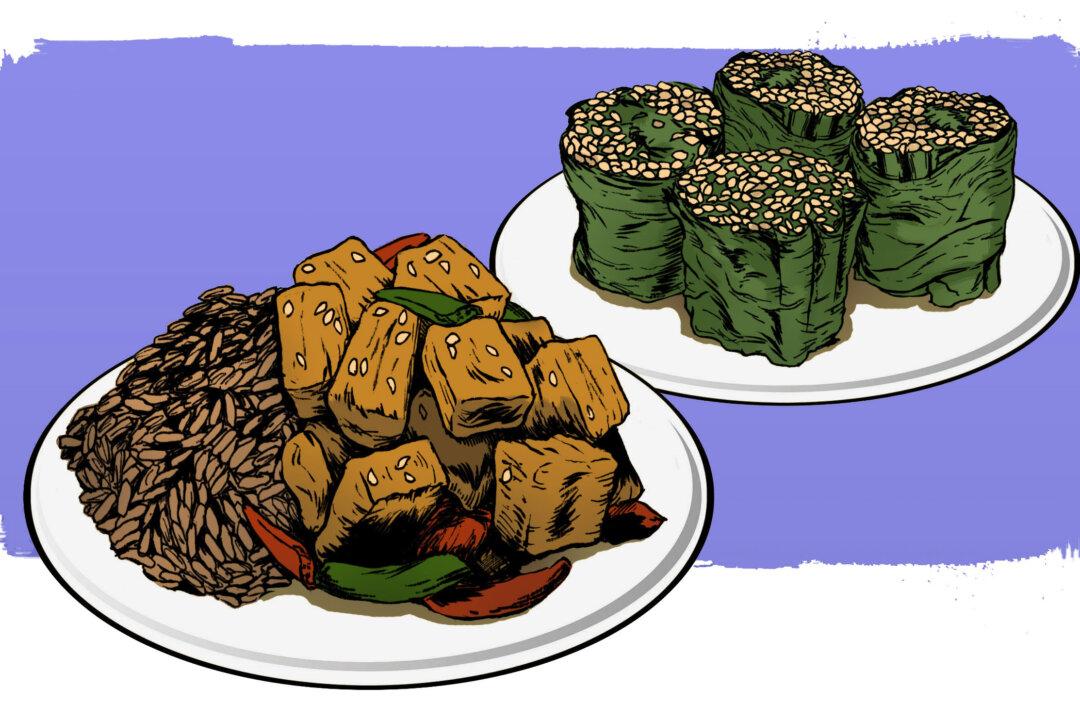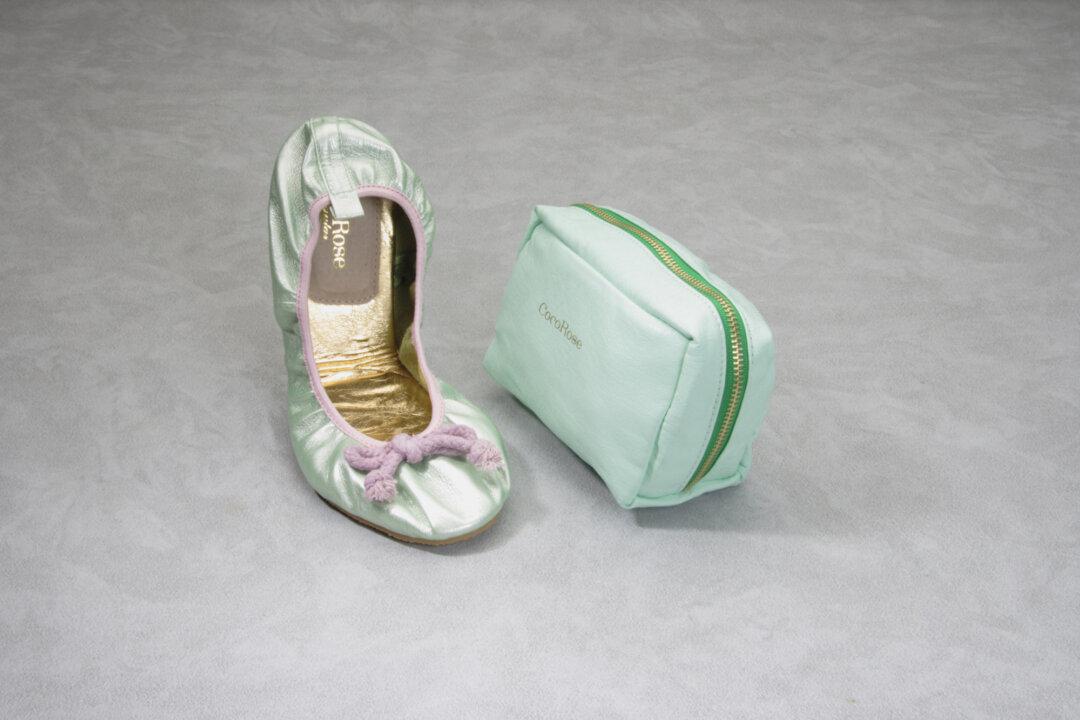Fibre was big in the 80s. The message to the public was that if you wanted to lose weight then you had to introduce more fibre into your diet. The F-plan revolution was born and Audrey Eyton’s best selling diet book took centre stage as the way to lose weight for the 80s dieter.
Since then tastes have changed and we’re no longer satisfied to fill up on a humble spud or a couple of slices of wholemeal bread.
Diets have gone gourmet, as we read in the press about Victoria Beckham slimming on strawberries, champagne and Atlantic prawns.
The move towards the luxurious and exotic may satisfy our taste buds in the short term, but the lack of fibre and nutrition may have us reaching for the biscuit tin more often, in the long term.
The problem is whole grains don’t sound appealing, they conjure up images of heavy vegetarian fare. But now some of the lesser known grains are being dusted off the shelves and making an appearance in the mainstream.
Quinoa is one of these. For years this ancient grain has been on the fringes of mainstream cookery.
Ouinoa, or “keen-wah” as it is pronounced, is a small, light-coloured, round grain, similar in appearance to sesame seeds. Its “supergrain” status comes from the fact that it contains more protein than any other grain and all the essential amino acids.
High street food outlets like Leon, Marks and Spencer and London-based delicatessen Ottolenghi are now starting to use quinoa in their take-away salads.
When combined with avocado or a soft cheese, like feta, these tiny spherical grains make for a luscious and nutty salad.
For the sweet-toothed, artisan bakery chain The Bread Shop has delicious, sticky Danish pastries made from spelt flour. Quinoa, spelt and faro – this new wave of ancient grains are lighter and fresher than its wholefood predecessors. Indulgence is in but hessian weave is definitely out.
Against the Grain...
Amaranth
A lively, peppery taste and a higher level of protein (16 per cent) than most grains. Its protein contains lysine, an amino acid missing in many grains. It’s gluten free and is used in cereals, breads and muffins.
Barley
Hulled barley is a hard, tough grain that requires slow cooking. Pearl barley is lighter and fluffy, traditionally added to stews but also excellent in salads.
Bulgur
A quick-cooking, mild flavoured popular whole grain. Bulgur is boiled, dried and cracked wheat and is traditionally found in the Middle Eastern salad tabbouleh. It has more fibre than oats, rice or millet.
Farro / Emmer
Abandoned over the centuries this ancient strain of wheat is making a comeback in Italy where it is known as faro or grano farro. It is used in the Tuscany and Umbria areas and some aficionados say it makes top quality pasta.
Rye
Rye have a lower glycemic index (GI) than products made from wheat and most other grains, making them especially healthy for diabetics. The type of fibre in rye also promotes a rapid feeling of fullness, making rye a good choice for those wanting to lose weight.
Kamut
Another relative of modern wheat with a rich, satisfying flavour, often referred to as the “sweet wheat” because of its inherent sweetness. This hard, amber coloured grain has higher levels of protein and more vitamin e than most wheat.
Millet
Often used as bird seed in the UK and US, millet is a staple grain in India, China, South America and the Himalayas. Millet has a mild flavour and is often mixed with other grains or toasted before cooking.
Spelt
A strain of wheat abandoned when it wasn’t compatible with modern industrialisation. Spelt is higher in protein than common wheat, and there are anecdotal reports that some people sensitive to wheat can tolerate spelt. Twelfth-century mystic St Hildegard is said to have written “The spelt is the best of grains. It is rich and nourishing and milder than other grain. It produces a strong body and healthy blood to those who eat it and it makes the spirit of man light and cheerful.”
* All information courtesy of The Whole Grains Council.

